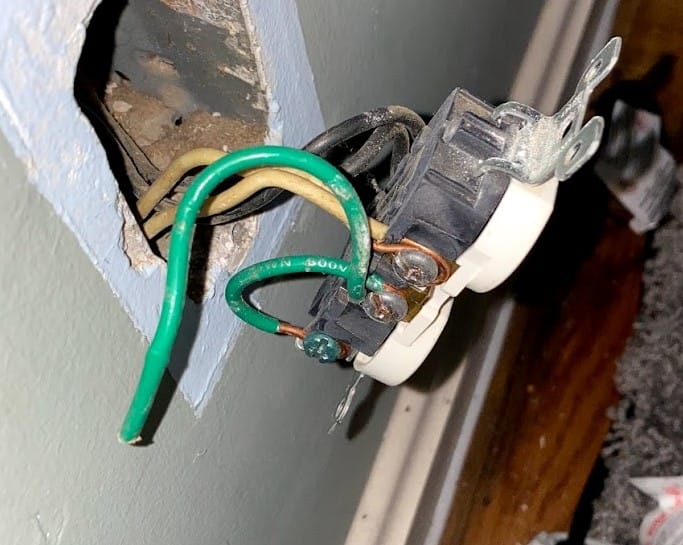Grounding or not grounding an outlet

In this post I will briefly talk about bootleg ground or fake grounding, a common approach for "grounding" old houses in the US.
Purchasing a home generally involves an inspection. Among the standard steps that the inspector follows is using a tester to check if outlets are grounded or not. Funny enough, there's a way to ensure that the tester doesn't detect the lack of grounding in outlets even if they aren't actually grounded. This approach is called bootleg ground or fake grounding.
Bootleg grounding happens when the ground wire is connected to the neutral wire in an outlet box. This is a simple but deceptive solution to grounding issues. In fact, for outlets designed for 3-prong plugs, this creates the appearance of a grounded outlet. However, it doesn't provide actual grounding protection. In some cases, this solution isn't intended to be malicious. For instance, it can help allow 3-prong devices to plug in. However, the fact that it's cheaper than running new wire and that outlet testers show this as "correct" wiring makes the situation problematic in many other instances.
Bootleg grounding is dangerous because there's no actual electrical protection—it can create shock hazards, doesn't follow electrical code, and can damage electronics. One approach to deal with this is to install GFCI outlets (which provide protection without needing grounding wire) or run new wire with a proper ground.
How to detect bootleg grounding? You'll effectively need to open the outlet box and look inside. Just know that if connections look overly complex in the outlet—with wires connected in unusual ways—there's probably something funky happening in your house.
Why this matters? Standard outlet testers won't catch this issue, but an electrician (or you + screwdriver + no electricity in that outlet!) doing a more thorough inspection will.
